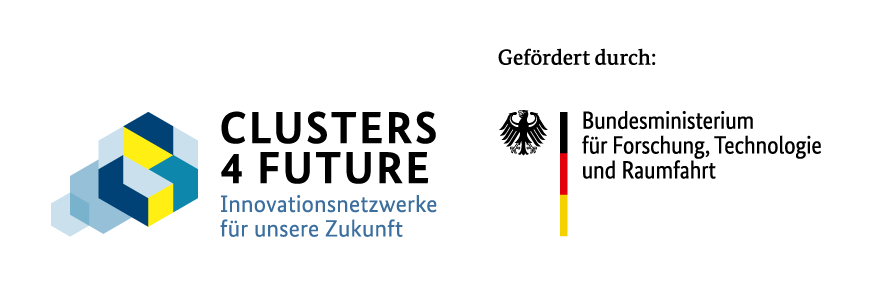Creating a digital foundation for future-proof mobility
We are creating a digital basis for comprehensively mapping mobility in the metropolitan region and testing the effectiveness and safety of future measures before they are introduced.
Targeted Mmethod development and digital support for the MCube Cluster
We have two methodological focuses:
In order to further develop the methods in a targeted manner, we are working with two use cases: Together with municipal stakeholders, we are investigating the effects of mobility interventions on the urban emergency services and on traffic-related air quality.
The project also acts as a digital contact point for the MCube Cluster. We share our expertise, infrastructure and experience in the field of digitalization and modelling with other projects and actively support them in their implementation.
First, the study area and suitable corridors in Munich are defined. The spatial and temporal framework conditions are then defined. A concept for the simulation and visualization platform is then developed.
In WP 1, the municipal traffic data is updated and expanded. A converter creates a simulation-capable representation of the road space.
The traffic simulation is created and calibrated with SUMO (open-source simulator) and integrated into the DatSim 2 software framework.
WP 2 focuses on the setup and calibration of microscopic traffic simulations for both ground-based and eVTOL (electric Vertical Take-Off and Landing aircraft) aircraft
An independent simulation environment for eVTOLs will be developed and the ground-based simulation will be validated with collected traffic data.
A cloud-based platform is being developed that coordinates data sources and simulation modules and integrates simulation results. This platform enables scalable links and traceable analyses. A common development environment is also provided.
WP 5 analyzes the influence of mobility innovations on the emergency services. Based on the fundamentals of microscopic traffic simulation and the implementation of eVTOLs, a digital image of Munich's emergency services will be created. Specialized routing procedures and new aviation concepts will be integrated in order to improve the rescue service.
WP 6 develops assessment metrics and combines these with influencing factors and control variables for urban air quality. This leads to microscopic emission and dispersion modeling. Finally, the results are validated and recommendations for action for future mobility scenarios are derived.
A motivated consortium of experienced partners from science, business, the public sector and society is working together in an interdisciplinary and transdisciplinary manner on the pressing issues of our time.
No results available
Want to shape the future of mobility with us?
Then please get in touch with us.

What is MOSAIQ?
Imagine something: There is more space for people. The streets have more trees and plants. Everyone can get around better. That's how your Schwabing-West district could be in the future. How would you like your district to be? We want to talk to you about it!
The project is called MOSAIQ. MOSAIQ is a research∙project. MOSAIQ means: Mobility and urban climate in the future city∙part. The Technical University of Munich is leading the project.
What is MOSAIQ about?
MOSAIQ wants to make the streets in the city∙part more beautiful. People should feel comfortable there. There should be more space. For meetings and plants, for example. You can help decide what is tried out in the Stadt∙teil. The ideas come from you. Some ideas will be tried out on the streets for a certain period of time.
The aim of MOSAIQ is to make urban districts good places to live.
At the same time, the climate in the city should improve. And people should be able to move around the city easily.
What is happening in the district?